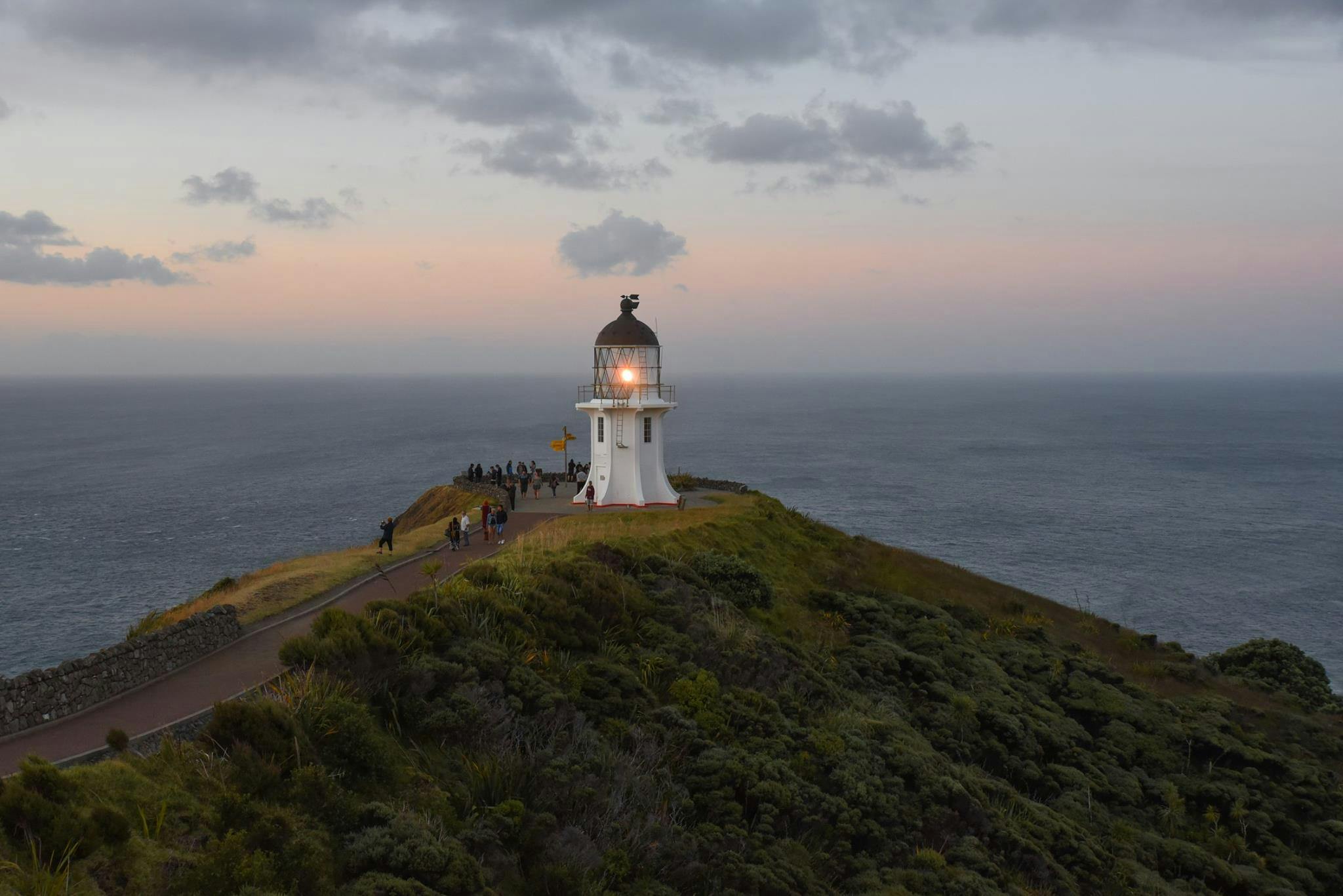A wrap of the biggest stories and best writing about the outdoors from New Zealand and around the world.
A section of the new Paparoa Track Great Walk has closed again after another slip damaged the track.
The walk only opened in March after recurring storm damage repeatedly pushed back the opening date, only for it to close three weeks later for the Covid lockdown.
Now Stuff reports the track will be partially closed until October after a slip was discovered on the Inland Pack Track, an old part of the trail near Punakaiki. The track is still open to walkers from Punakaiki via the Pororari River Track to the Pororari Hut, but is closed to mountain bikers.
Access to the Blackball end of the walk is also closed as work begins on a $3.5m upgrade to the rough and unsealed Croesus Road, which leads to the start of the track.
The Old Ghost Road also suffered storm damage but reopened on May 23 at half capacity to enable social distancing.
In the North Island, a number of campsites have also closed recently. Matata Campground and Whirinaki Recreation Camp in Eastern Bay of Plenty are closed until July due to upgrades and safety work.
DOC campsites at Cape Reinga are also closed until Friday May 29. DOC said it was working through safety checks on the facilities, but the department has been criticised for poor communication after tourists made the long drive to the cape only to discover the walks and facilities closed. TVNZ reports that local iwi Ngāti Kurī has also requested the cape be closed so the sacred site can be cleansed in keeping with Māori tradition.
The return of the birds
It’s been a busy news week in the bird world, with promising signs for some of the country’s most endangered species.
In the Mackenzie Basin, a survey of the critically endangered kakī/black stilt, the world’s rarest wading bird, has found numbers have increased by nearly a third in a year. In 1981, there were just 23 birds left, but after a multi-million dollar pest control project there are now 169.
In Abel Tasman National Park, an albino weka has been spotted which conservationists are calling a symbol of the bird’s rapid recovery in the park. Stuff reports that white weka are only possible when there’s a healthy population of birds and it signals a remarkable turnaround after weka had all but disappeared from the park in the 1980s. It comes two years after a white weka was found in Kahurangi National Park.
Forty-nine pateke/brown teal ducks were also released in Abel Tasman this month, a big boost for one of the country’s rarest ducks
There’s also good news for the rock wren. A study in Kahurangi has found the birds strongly benefit from the use of 1080 with only 10 per cent of nests predated following the use of the toxin, compared with 85 per cent in untreated areas.
Meanwhile, a flock of 27 young kea tormented a team of researchers in South Westland this month, dismantling their campsite. The incident happened in the Perth Valley, where research is underway to discover if predators can be permanently eradicated using hi-tech traps. Researchers say the kea were likely recently fledged juveniles, a sign the predator control in the valley is working.
There are also promising signs for a good breeding season for birds across the country this year, with DOC predicting a lull in trees seeding after last year’s mega mast which should lead to fewer predators.
And finally in bird news, a $10,000 reward for sightings of the thought-to-be-extinct South Island kōkako has been renewed. Stuff reports the South Island Kōkako Charitable Trust launched the reward in 2017 and has had 200 reports of possible encounters, particularly in the Moeraki area of Westland. In 2013, DOC lifted the bird’s conservation status from extinct to ‘data deficient’ after two detailed reports at Rainy Creek in the Upper Inangahua Valley near Reefton.
Budget boost for Walking Access Commission
Funding for the Walking Access Commission has been doubled under the recent budget. The commission will receive an extra $1.8m. The Crown entity, charged with promoting public access to public and private land, had been struggling with its meagre budget and cancelled a round of community grants this year due to a lack of money. A recent review of the commission called for it to expand its role with more funding and it’s now expected to play a greater role in the management of the Te Araroa Trail. The funding also includes $250,000 to improve relations with iwi to enhance public access.
Covid debate rages on the Appalachian Trail
The New York Times has published a feature on how Covid-19 has impacted the Appalachian Trail, a famous 3500km thru-hike near the east coast of the US. The trail officially remains open, but many facilities have closed and the trail trust is asking people not to hike. Nonetheless, about 200 hikers have continued, sparking debate on the risk of spreading the virus between hikers and the fate of the small towns they depend on – some predict 50 per cent of hostels on the trail will close. It’s an issue that those planning to hike the Te Araroa Trail this summer will watch closely.
In Australia, the ABC has also published an interesting feature on how national parks in Tasmania could change after Covid-19. The island has experienced issues with over-tourism that will be very familiar to any NZ tramper and park rangers hope the Covid crisis will be a catalyst for change.
This week’s great read
Well, 25 great reads actually — Outside magazine in the US has published a top 25 list of ‘essential books for the well-read explorer’. It’s an excellent overview of some of the world’s best adventure books.
And for those looking to restock their reading-list heading into winter, I also recommend having a look at Wilderness’ top picks for outdoors books for an ‘armchair adventure’.







